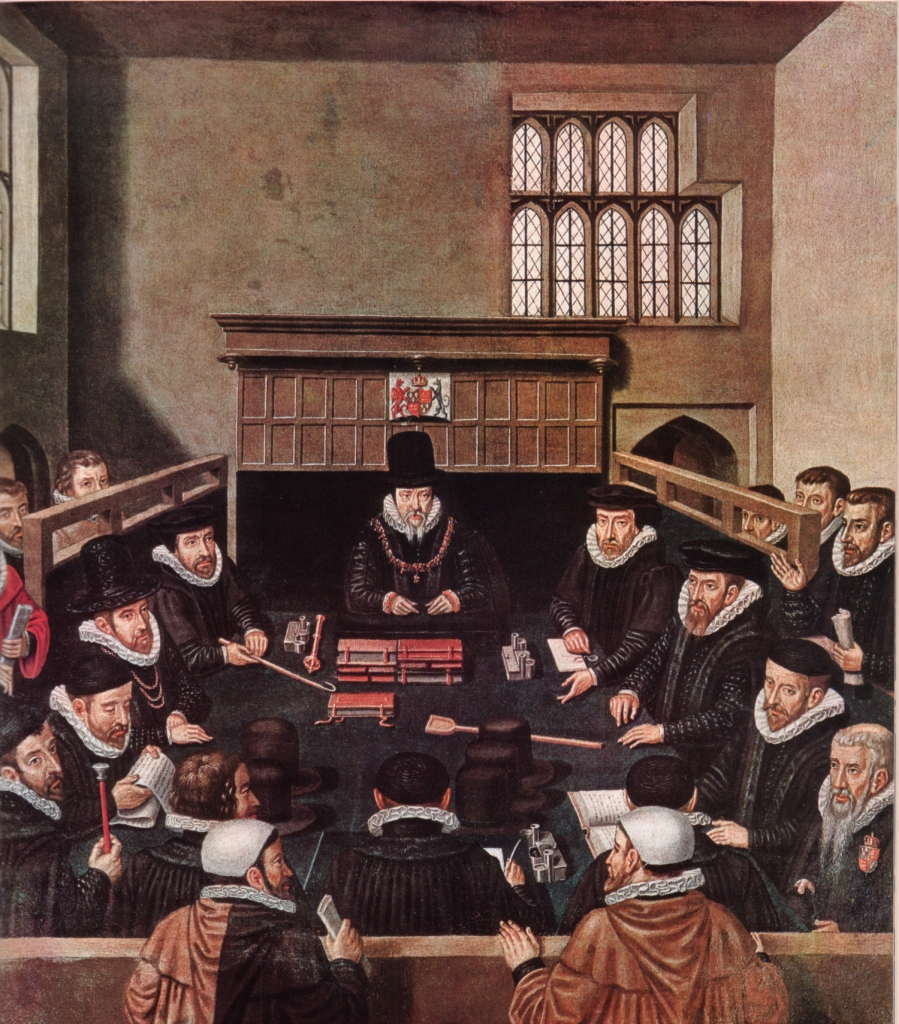Mark Hailwood
England in the sixteenth and seventeenth centuries was a remarkably – and increasingly – litigious society. Whether through a growing drive to prosecute crimes and enforce laws, or a greater willingness to take neighbours to court, early modern men and women across the social scale routinely found themselves in the legal arena as plaintiffs, defendants, and witnesses. This level of popular engagement with the law was arguably at a higher point in the years between 1560 and 1640 than at any other time in English history.
This is great news for historians of this period, and especially for the practitioners of ‘history from below’; whilst the common people, who were likely to be illiterate, leave us few written sources penned by their own hands, their actions – and sometimes their attitudes – did leave an imprint in the legal sources recorded and retained by the many courts of early modern England. Since the 1970s, then – when social history began to take off in UK university History Departments – researchers have often turned to court records in their attempts to uncover the history of early modern non-elite actors.

The first wave of work on legal sources often focused, quite understandably, on what these records could tell us about patterns of crime and criminality, not infrequently using a quantitative approach to make sense of the changing nature of court business. From the 1990s, under the influence of the ‘cultural turn’, the emphasis shifted from counting crimes to offering close qualitative readings of legal sources, especially the detailed statements – or depositions – given by those called before the courts, for what they could reveal about the gender dynamics, or social conflicts, at the heart of certain types of case. More recent work has often adopted an ‘incidentalist’ approach, using these depositions to examine everyday activities that were mentioned in passing, rather than being the subject of a case, thereby reconstructing patterns of work and sociability, or the experiences of particular groups in this society, such as female servants.
Continue reading

 The centenary of the publication of this seminal work presents a great opportunity to both celebrate the scholarship of Alice Clark, and to reflect on the current state of the history of early modern women’s work. And so, we would like to invite you, dear reader, to join an online reading group here on the many-headed monster that will do just that.
The centenary of the publication of this seminal work presents a great opportunity to both celebrate the scholarship of Alice Clark, and to reflect on the current state of the history of early modern women’s work. And so, we would like to invite you, dear reader, to join an online reading group here on the many-headed monster that will do just that. Now I’ve read it. I had low expectations – presumably it had fallen off the radar because it was junk, right? – but I must say I think it is a belter. It is a bit mad, I’ll grant you, but endlessly inventive and stimulating, and at times downright hilarious and at others deeply affecting – neither of which I was expecting. And, I’d say it is much more fluent than his academic writing, which I have heard described recently by a historian who shall remain anonymous as ‘wittering’. I’m not sure I’d go that far, but I take the point, and I was expecting a slog – it wasn’t one. Anyway, I’m no great book reviewer – of fiction at any rate – and you can make your own mind up on this stuff, but I would recommend it to readers of this blog. With Christmas coming up and all that…
Now I’ve read it. I had low expectations – presumably it had fallen off the radar because it was junk, right? – but I must say I think it is a belter. It is a bit mad, I’ll grant you, but endlessly inventive and stimulating, and at times downright hilarious and at others deeply affecting – neither of which I was expecting. And, I’d say it is much more fluent than his academic writing, which I have heard described recently by a historian who shall remain anonymous as ‘wittering’. I’m not sure I’d go that far, but I take the point, and I was expecting a slog – it wasn’t one. Anyway, I’m no great book reviewer – of fiction at any rate – and you can make your own mind up on this stuff, but I would recommend it to readers of this blog. With Christmas coming up and all that…